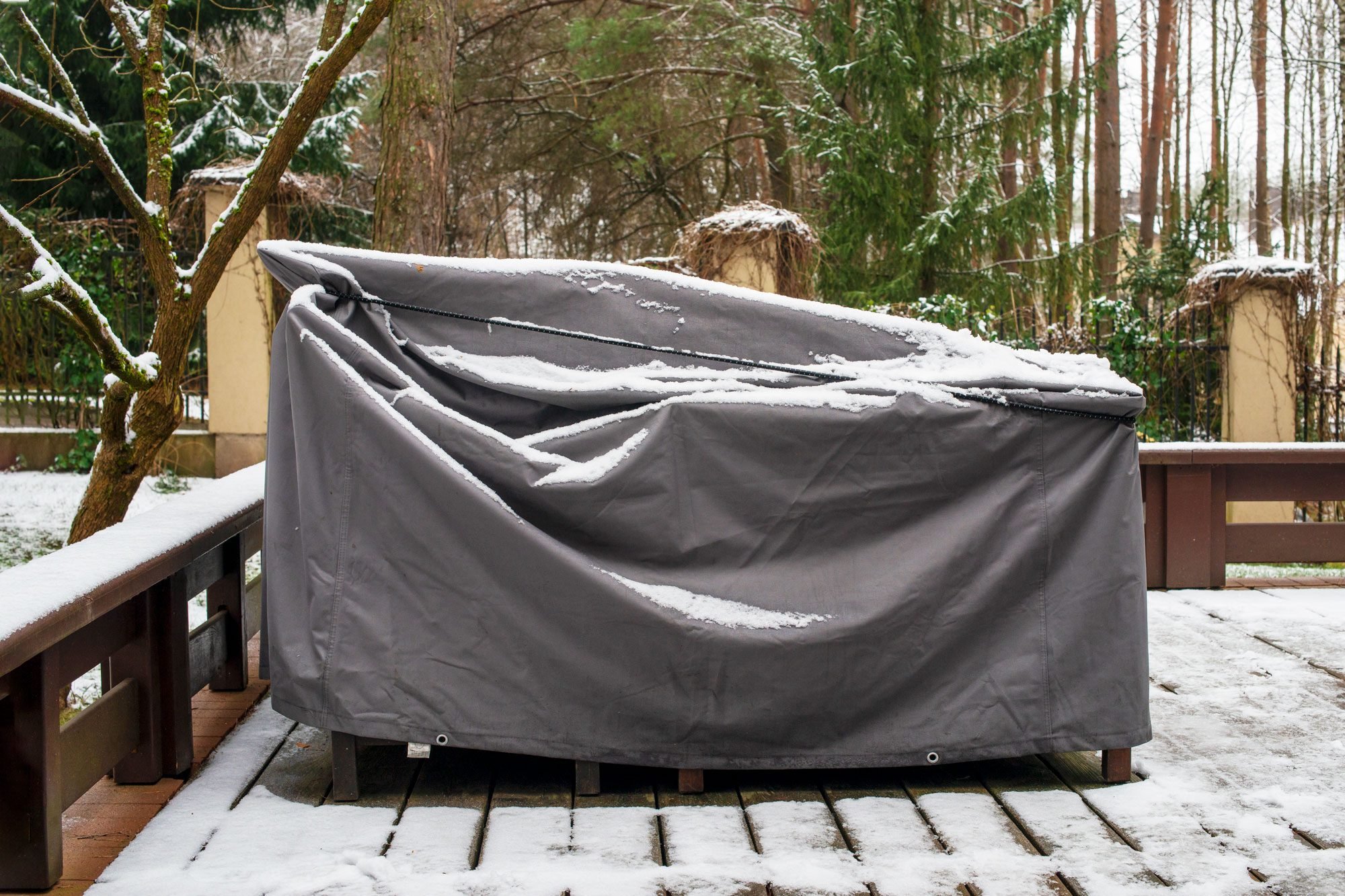
Patio Furniture Storage: Organizing for Winter
As the summer season draws to a close, it’s time to start thinking about storing your patio furniture to protect it from the harsh winter elements. Proper storage will extend the life of your furniture and ensure it’s ready to enjoy again next spring. Here’s a comprehensive guide to help you organize your patio furniture storage for winter.
Cleaning and Inspection
Cleaning:
- Thoroughly clean your furniture with a mild soap and water solution.
- Use a soft brush or sponge to remove dirt and debris.
- Rinse the furniture with clean water and allow it to dry completely before storing.
Inspection:
- Inspect your furniture for any damage or wear and tear.
- Tighten any loose screws or bolts.
- Repair any cracks or tears in the fabric or cushions.
Choosing a Storage Location
Indoor Storage:
- If possible, store your furniture indoors in a dry, temperature-controlled area.
- A garage, basement, or spare room is ideal.
Outdoor Storage:
- If indoor storage is not available, you can store your furniture outdoors.
- Choose a sheltered area that is protected from direct sunlight, rain, and snow.
- Cover the furniture with a waterproof tarp or furniture cover.
Covering and Protection
Furniture Covers:
- Use high-quality, waterproof furniture covers that are specifically designed for outdoor furniture.
- Make sure the covers fit snugly over the furniture to prevent water and debris from entering.
Tarping:
- If you don’t have furniture covers, you can use a waterproof tarp to cover your furniture.
- Secure the tarp tightly with bungee cords or ropes.
Storage for Different Materials
Wood Furniture:
- Store wood furniture in a dry, well-ventilated area.
- Cover the furniture with a breathable fabric or furniture cover to protect it from moisture.
Metal Furniture:
- Metal furniture is relatively resistant to rust, but it’s still a good idea to protect it from moisture.
- Apply a thin coat of oil or wax to the metal surfaces.
- Cover the furniture with a waterproof tarp or furniture cover.
Plastic Furniture:
- Plastic furniture is generally weather-resistant, but it can fade in direct sunlight.
- Store plastic furniture in a shaded area or cover it with a tarp.
Fabric Cushions:
- Remove fabric cushions from the furniture and store them indoors in a dry, temperature-controlled area.
- If possible, vacuum the cushions to remove dirt and debris.
- Store the cushions in a plastic bag or storage container to protect them from moisture.
Organizing and Storage Tips
Vertical Storage:
- Use shelves or racks to store furniture vertically, saving space and preventing damage.
- Stack chairs on their sides or upside down.
Stacking and Nesting:
- Stackable and nesting furniture can be easily stored to maximize space.
- Stack chairs and tables on top of each other.
- Nest smaller items inside larger ones.
Grouping and Labeling:
- Group similar items together, such as cushions, pillows, and throws.
- Label storage containers or bags to easily identify the contents.
Additional Considerations
Temperature Control:
- If you’re storing your furniture indoors, make sure the temperature is above freezing to prevent damage from cold temperatures.
- If you’re storing your furniture outdoors, choose a sheltered area that is protected from extreme cold.
Ventilation:
- Provide adequate ventilation to prevent moisture buildup and mold growth.
- Leave a few inches of space between the furniture and the walls or other objects.
Regular Maintenance:
- Check on your stored furniture periodically to ensure it’s in good condition.
- If you notice any damage or moisture, take steps to address it promptly.
Conclusion
Properly storing your patio furniture for winter will protect it from the elements and extend its lifespan. By following these tips, you can ensure your furniture is ready to enjoy again next spring. Remember to clean and inspect your furniture, choose a suitable storage location, cover it properly, and organize it efficiently. With a little effort, you can keep your patio furniture looking its best for years to come.